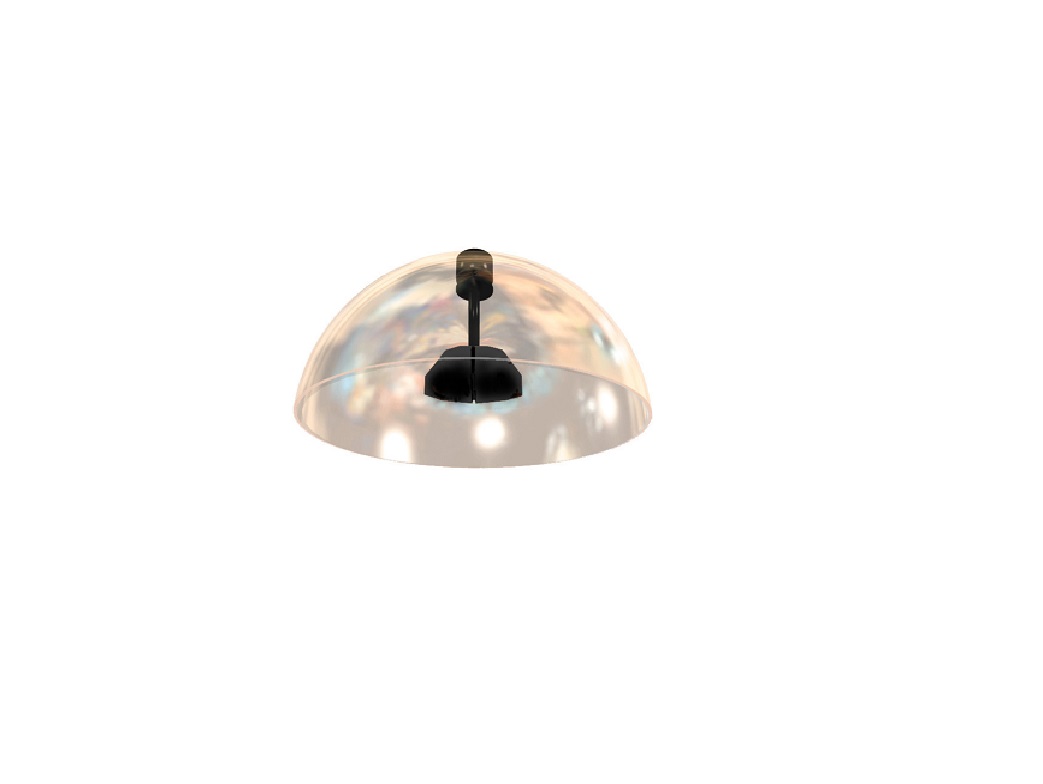
The following 29 LDA approaches are available in the United States (as of July 2015): List of LDA approaches in the United States
Localizer directional aid full#
As a "directional aid," and only a Category I (CAT I) approach, rather than a full-fledged instrument landing system (ILS), the LDA is more commonly used to help the pilot safely reach a point near the runway environs, where he or she hopefully can see the runway, at which point he or she will proceed and land visually, as opposed to (for example) full Category III (CAT III) ILS systems that allow a pilot to fly, without visual references, right down to the runway surface or very close to it depending on the exact equipment in the aircraft and on the ground.Īn LDA uses exactly the same equipment to create the course as a standard localizer used in ILS. If the offset angle is greater than thirty degrees, the facility is classified as a localizer-type directional aid (LDA). If the angle of offset is thirty degrees or less, the facility is classified as an offset localizer. pointed or aimed) in such a way that the approach course it projects no longer lies along the extended runway centerline (which is the norm for non-offset and non-LDA localizer systems).

In these cases, the localizer antenna array may be offset (i.e. It is used in places where, due to terrain and other factors, the localizer antenna array is not aligned with the runway it serves. A localizer type directional aid (LDA) is a type of localizer-based instrument approach to an airport.


 0 kommentar(er)
0 kommentar(er)
